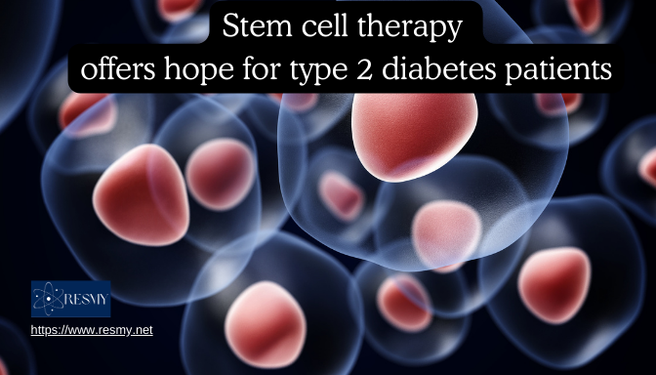A pilot study has shown promise for a new type of treatment for type 2 diabetes (T2D). The treatment involves transplanting islet tissue grown from a patient’s own stem cells into the liver. This is the first time this approach has been used in humans, and the results are encouraging.
The Problem of Type 2 Diabetes
T2D is a chronic condition that affects millions of people worldwide. It is characterized by the body’s inability to properly use insulin, a hormone that regulates blood sugar levels. This can lead to a number of serious health complications, including heart disease, stroke, kidney disease, and blindness.
Current Treatments for T2D
Current treatments for T2D include lifestyle modifications, such as diet and exercise, and medications, such as insulin. However, these treatments can be difficult to maintain, and they do not always effectively control blood sugar levels.
New Hope with Stem Cell Therapy
The new stem cell therapy approach involves taking a small sample of cells from a patient. These cells are then reprogrammed into a type of stem cell called an endoderm stem cell (EnSC). EnSCs are precursors to many different types of cells, including pancreatic islet cells. The islet cells produce insulin, which helps to regulate blood sugar levels.
In this study, the EnSCs were grown in a laboratory and differentiated into islet tissue. This islet tissue was then transplanted into the patient’s liver. The liver is a good location for the islet tissue because it has a rich blood supply, which allows the islet cells to release insulin directly into the bloodstream.
Positive Results from Pilot Study
The patient in this pilot study showed significant improvements in their blood sugar control after receiving the islet transplant. They were able to reduce their insulin dosage and eventually stop taking insulin altogether. They also experienced a decrease in the frequency of hyperglycemic and hypoglycemic events.
More Research Needed
This is a very small study, and more research is needed to confirm these findings. However, the results are encouraging and suggest that stem cell therapy could be a potential new treatment for T2D.
Advantages of Stem Cell Therapy
There are several potential advantages to using stem cell therapy to treat T2D. First, the use of a patient’s own cells could reduce the risk of rejection. Second, stem cell-derived islet cells could potentially provide a long-term source of insulin production.
Future Directions
Future research will focus on optimizing the stem cell differentiation process and improving the engraftment and function of the transplanted islet tissue. Researchers are also working on developing ways to create “universal islets” that could be used for any patient without the need for immunosuppression.
Conclusion
This pilot study suggests that stem cell therapy could be a potential new treatment for T2D. More research is needed, but the results are encouraging and offer hope for millions of people living with this chronic condition.

